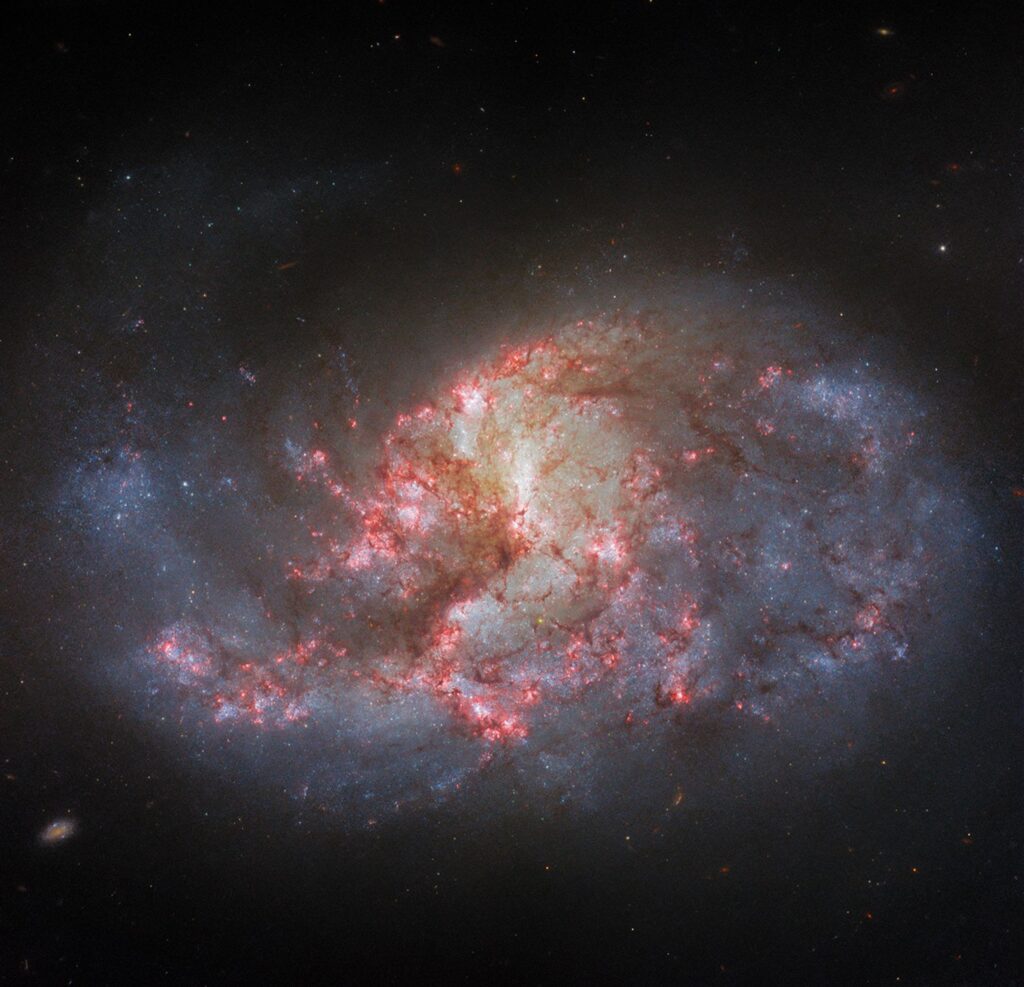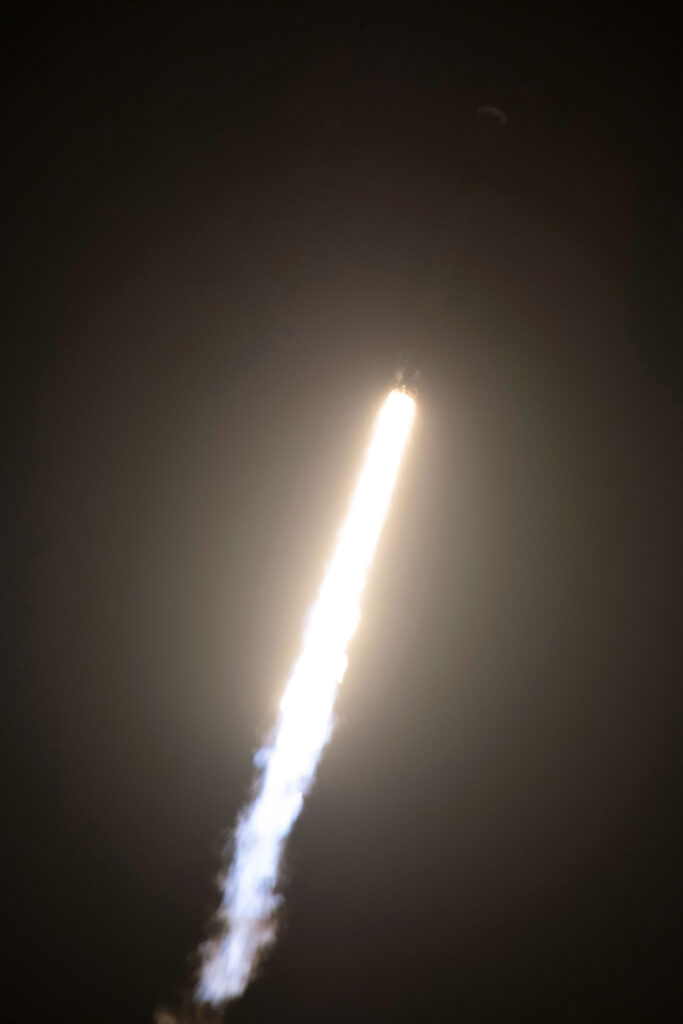A model of the Mariner-C spacecraft at the National Aeronautics and Space Administration (NASA) Lewis Research Center for a June 1964 Conference on New Technology. Mariner-C and Mariner-D were identical spacecraft designed by the Jet Propulsion Laboratory to flyby Mars and photograph the Martian surface. Mariner-C was launched on November 4, 1964, but the payload shroud did not jettison properly and the spacecraft’s battery power did not function. The mission ended unsuccessfully two days later. Mariner-D was launched as designed on November 28, 1964 and became the first successful mission to Mars. It was the first time a planet was photographed from space. Mariner-D’s 21 photographs revealed an inhospitable and barren landscape. The two Mariner spacecraft were launched by Atlas-Agena-D rockets. Lewis had taken over management of the Agena Program in October 1962. There had been five failures and two partial failures in the 17 Agena launches before being taken over by NASA Lewis. Lewis, however, oversaw 28 successful Agena missions between 1962 and 1968, including several Rangers and the Mariner Venus ’67.
Related posts
-

When the sun dies, could life survive on the Jupiter ocean moon Europa?
Can life survive in the solar system once the sun dies and becomes a red giant... -

Hubble Filters a Barred Spiral
Explore Hubble Hubble Home Overview About Hubble The History of Hubble Hubble Timeline Why Have a... -

SpaceX launches 23 more Starlink satellites from Florida (video)
SpaceX sent another batch of its Starlink satellites into low Earth orbit from Florida early Tuesday...